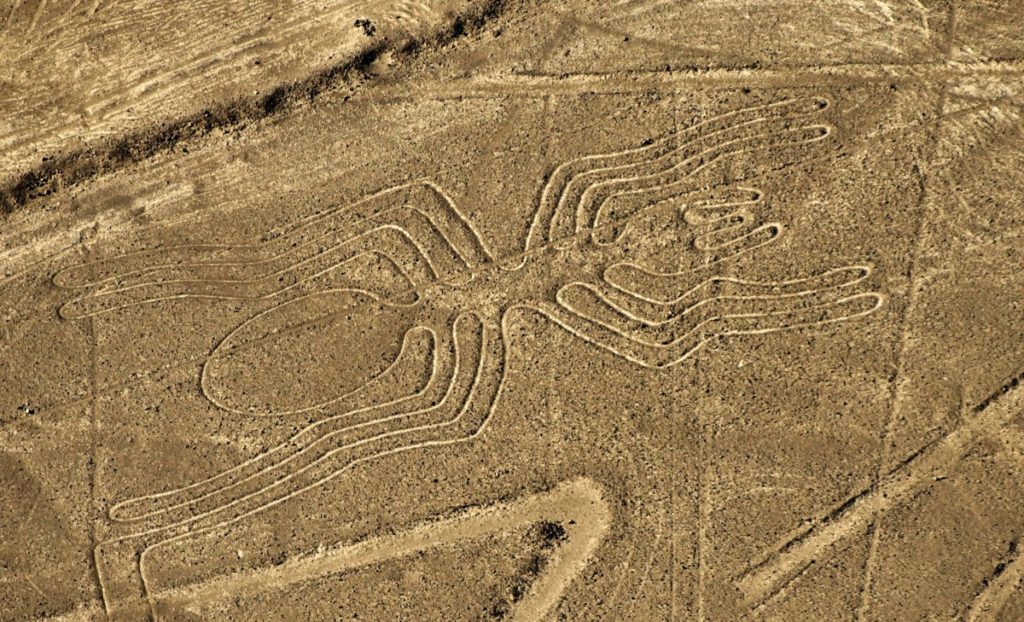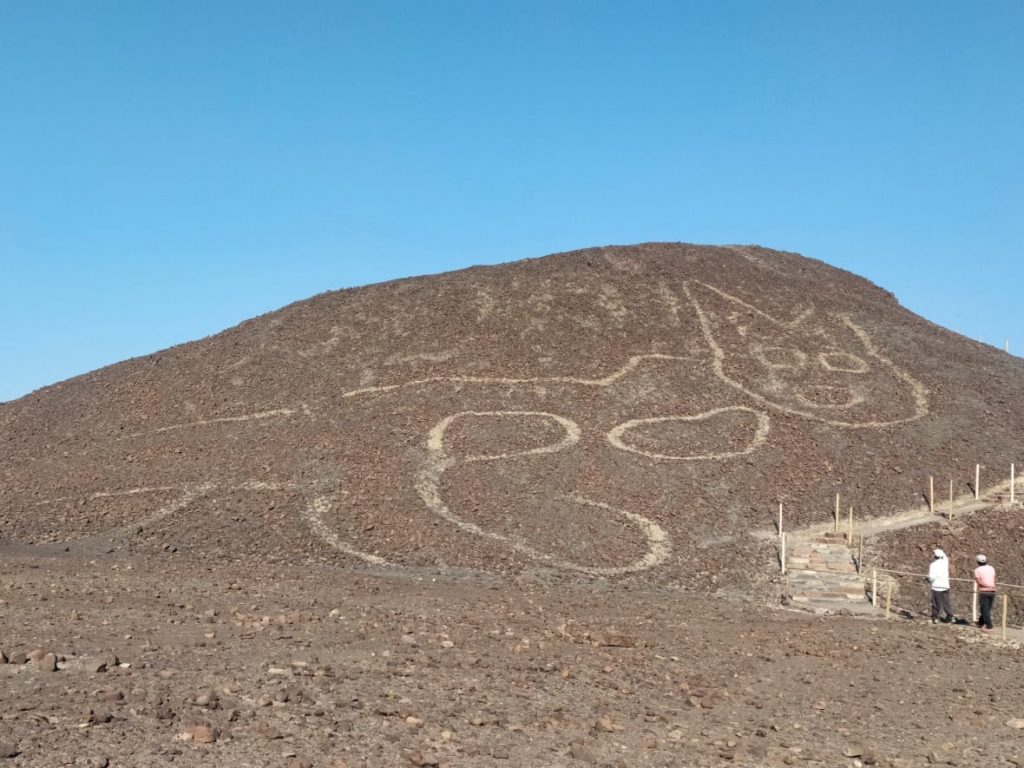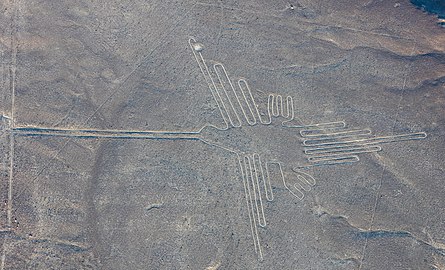The Nazca Lines are a series of ancient geoglyphs located in the Nazca Desert of southern Peru. The lines, which were created by removing the top layer of reddish-brown iron oxide-rich soil to reveal the light-colored earth underneath, depict various shapes and designs, including straight lines, geometric shapes, and images of animals and plants. The Nazca Lines were created between 500 BCE and 500 CE and were rediscovered in the early 20th century by Peruvian archaeologist Toribio Mejia Xesspe.
The mystery behind the Nazca Lines has puzzled scholars and researchers for decades. While some experts believe that the lines were created as a form of irrigation or as a means of marking underground water sources, others believe that they served a religious or astronomical purpose. The largest figures, such as the depictions of animals, may have been created to honor the gods, while the smaller, more geometric shapes may have served as a means of tracking the movements of the sun, moon, and stars.
Regardless of their original purpose, the Nazca Lines are considered to be one of the most important examples of ancient American art and architecture. The lines, which span an area of over 450 square kilometers, demonstrate the incredible precision and technical skill of the Nazca people, who created the lines without the use of modern tools or equipment.
The Nazca Lines have been well preserved for centuries, due in large part to the dry, arid climate of the Nazca Desert. However, despite their age, the lines are still very visible and can be easily viewed from the air. This has made the Nazca Lines a popular tourist attraction, and thousands of visitors travel to Peru each year to view the lines and learn more about their history and significance.
In addition to their historical and cultural significance, the Nazca Lines also hold scientific importance. In recent years, researchers have used satellite imagery and other modern technology to study the lines in greater detail, providing new insights into the Nazca people and their way of life. For example, scientists have been able to determine the age of the lines by analyzing the amount of cosmic radiation that has been absorbed into the soil, and have also been able to identify the plants and animals depicted in the lines by comparing them to known species.
Despite the numerous studies and theories surrounding the Nazca Lines, their true purpose remains a mystery. However, the lines continue to inspire fascination and wonder, and they remain one of the most fascinating and mysterious archaeological sites in the world.
In conclusion, the Nazca Lines are a remarkable and mysterious example of ancient American art and architecture. Whether they were created for religious, astronomical, or practical purposes, the lines demonstrate the incredible technical skill and precision of the Nazca people, and they remain one of the most important archaeological sites in the world. The Nazca Lines continue to inspire fascination and research, and they offer a glimpse into the rich and complex history of the ancient Americas.





Comment here